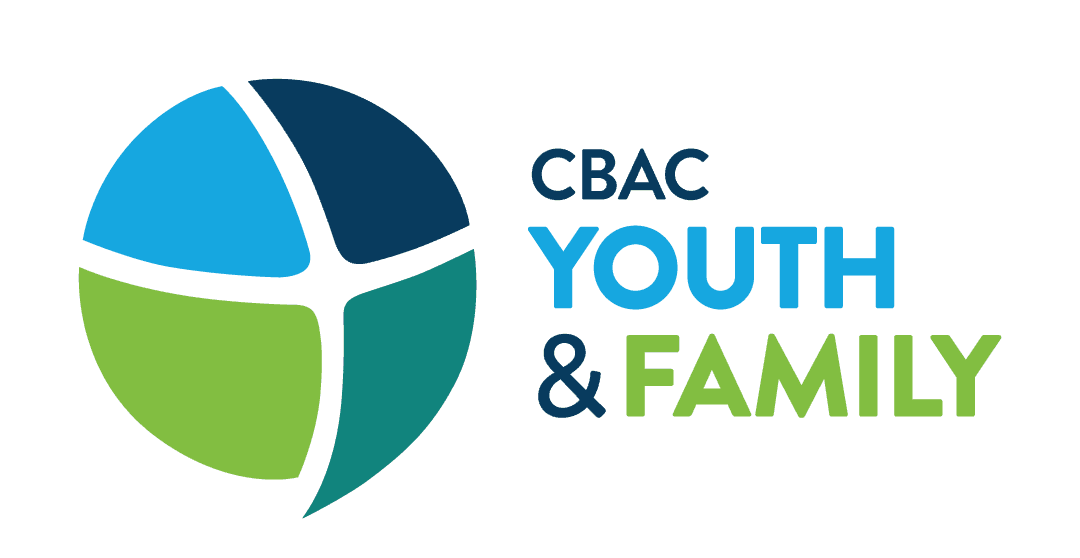Nothing seems to break my dog’s heart more than when I leave in the van without him. He loves driving in the van. He knows some of our frequent stops (such as the landfill) and knows that he’ll get a cookie there. (As a family of six living in a municipality with no garbage/recycling collection, the landfill is a fairly regular trip).
In January of 2020, our family embarked on a new chapter, as we welcomed our chocolate lab, Cashew, into our family. At the time, we wondered how we’d make this work. Did we really have time to walk and train a dog? We had no idea that in only a few weeks, we would have all the time in the world to walk a dog. In that early lockdown phase, having a young dog who needed exercise was a significant outlet for our family, as it forced us to venture off our property and gave us something to focus our attention on.
Over the course of the last two years, our lives have been transformed, as we’ve discovered all kinds of things about our young dog, and ourselves. For example, our dog has an incredible appetite for chunks of pavement. (I know – he’s not supposed to eat that – but you have no idea how fast he can move when he wants to munch on pavement). We’ve also discovered that Cashew loves being around us – he is happiest when he’s with us. He has bonded well with our family, and knows that he is “our dog.”
The affection of a dog for their humans can be incredible. There’s a strength in the bond that Andrew Root notes is a “mystical connection.” A dog can be fully present with their humans, affirming that “You are loved. You are mine. You are beautifully and wonderfully made.”[1]
So most significantly – I’ve been reminded of the grace of God through my constant companion. Cashew never seems to forget whose he is. He’s most content when he’s in our presence.
As a Christian, I can lose sight of whose I am. I can forget that I am a child of God. But Cashew never forgets that he belongs to the Pykes.
His companionship points me toward the grace of God – of the closeness of God to us.
In this next part of the Trellis blog series, we’re starting to explore the six questions that we’ve identified as significant for this journey of flourishing. The central question in our Trellis is “Whose am I?” We want to remind one another that we belong to Christ; we are in Christ. As Paul is describing Jesus to the Athens in Acts 17:28, he proclaims: “For in him we live and move and have our being.” We are defined by Jesus; our identity is to be rooted in Jesus. Our understanding of our participation with God, and even of the other elements that speak into our identity, are informed by how we answer “Whose am I?”
Understanding who we are allows us to participate more fully in God’s redemptive work.
Throughout the Trellis, we’re encouraging our leaders to answer the questions through the incorporation of habits. Transformation doesn’t happen through the accumulation of information, but through the formation that comes through practices.
We may know that we belong to Christ, but unless this is shaped by our practices, we can lose sight of this.
In 2015, I found myself at my first Arrow Leadership residential at the amazing Barnabas Landing on Keats Island, BC. I was feeling disoriented due to a number of events that were happening in my life, and I discovered that I had lost sight of who God really is, and who I am. I had become preoccupied with what I did for God’s kingdom, and not who I was in God’s kingdom. I had fallen into the trap of thinking that my doing was more important than my being.
For the first time, on this island, I heard the song, “Good, Good Father,” which at that moment in my life, was a powerful reminder of who God is, and my identity as a child. That song continues to take me back to that transformative moment.
I need practices that remind me that I am God’s child.
Throughout the development of the Trellis resources, we want to make them practical for you, and invite you into habits (practices) that will shape you. Practices are activities that shape us for the Christian life, and “provide concrete help for the flourishing of humanity the rest of creation.”[2] To help you begin a practice that invites you to consider that you belong to Christ, we invite you to try out the following activation.
Activation: Read Ephesians 1 in solitude
One of the early findings in our Church & Faith Perspectives research is that our students still prefer reading Scripture from a physical bible, as opposed to from an app. For this practice, we encourage you to turn off notifications, grab a paper Bible, and head to a quiet space free from distractions.
Read Ephesians 1. Try reading it out loud, slowly, a couple of times. Ask the Lord to speak to you in this space, through this chapter.
- What is the Lord saying to you?
- What does this tell you about how the Lord sees you?
- What phrases/words stand out to you?
- What verse could you commit to memory today?
[1] Andrew Root. (2017). The Grace of Dogs. New York, NY: Convergent, p. 76.
[2] Craig Dykstra and Dorothy C. Bass. (2010). Practicing our Faith. Minneapolis, MN: Fortess Press, p. 7.

